Shaw captures the ancient art of ceramics in its versatile collection of ceramic and porcelain tile products. Seven of our porcelain tile collections are manufactured with the environment in mind. At Shaw Floors, we are committed to doing the right thing for the environment, and we partner with Eco-friendly suppliers who share in that commitment. Working with like-minded companies is crucial to creating a healthier ecosystem by reducing the amount of natural resources we consume. Learn More
Porcelain Tile Flooring
Porcelain Tile Flooring Guide

Revolutionizing Spaces: The Evolution and Future of Porcelain Tile Flooring
Porcelain tile flooring, a mainstay in the world of architectural and interior design, has journeyed through centuries, evolving from its historical roots into a cornerstone of modern design. This evolution has not only revolutionized the aesthetics of spaces but has also set new benchmarks in functionality and sustainability. As architects, interior designers, and facility managers seek materials that blend practicality with beauty, porcelain tile flooring stands out as a versatile and enduring choice.
Defining Porcelain in the Realm of Floor Tiles
Porcelain, a subset of ceramic tiles, is manufactured from refined clay and fired at higher temperatures. This process results in a tile that is denser, less porous, and more durable than traditional ceramic tiles, making it ideal for both residential and commercial applications.
Material Properties and Sustainability: A Balance of Durability and Eco-friendliness
The durability of porcelain tile flooring is one of its most lauded attributes. It withstands heavy foot traffic, resists wear and tear, and requires minimal maintenance. These properties extend the life of the flooring, thereby reducing the need for frequent replacements and contributing to its sustainability. Additionally, the energy-efficient production processes of porcelain tiles and their recyclability underscore their environmental friendliness.
Design Versatility and Aesthetics: Unleashing Creative Potentials
Porcelain tiles offer a plethora of design options, including an array of colors, patterns, sizes, and finishes. This versatility enables architects and designers to craft unique, customized spaces that can resonate with various architectural styles, from classic to contemporary.
Technological Advancements: Paving the Way for Innovation
Recent advancements in manufacturing technology have enhanced the customizability and design possibilities of porcelain tile flooring. Digital printing techniques, for example, allow for more intricate and realistic patterns, including natural stone and wood looks, thereby broadening the horizon for innovative designs.
Application Diversity: Beyond Boundaries
The application of porcelain tile flooring spans a diverse range of projects. From the opulent floors of high-end hotels to the functional spaces of healthcare facilities, porcelain tiles prove their adaptability. Innovative uses in recent projects highlight their applicability in various architectural and interior designs.
Performance and Functionality: Meeting the Demands of Modern Spaces
Porcelain tiles are renowned for their water resistance and antibacterial properties, making them an ideal choice for areas requiring high standards of hygiene. Their suitability for high-traffic areas and resistance to stains and chemicals make them an excellent choice for commercial spaces, healthcare facilities, and residential areas.
Sustainability and Environmental Impact: Contributing to Greener Buildings
Porcelain tiles contribute significantly to sustainable building practices. Their long lifespan and potential for being recycled align with LEED certification and other environmental standards. The health and environmental aspects of their production and usage are increasingly crucial in building specifications, making them a preferred choice for eco-conscious projects.
Cultural and Artistic Significance: Bridging Traditions with Modernity
Porcelain tile flooring holds cultural significance in various regions, symbolizing both tradition and innovation. Contemporary designers utilize these tiles to create spaces that marry historical elegance with modern practicality, thereby paying homage to cultural heritage while embracing future trends.
Cost-Effectiveness and Long-Term Value: An Economical Choice
When considering cost versus benefits, porcelain tile flooring emerges as a pragmatic choice. Its durability and timeless appeal offer long-term value, often surpassing other materials in terms of lifecycle costs and aesthetic longevity, particularly in high-use environments.
Conclusion: Embracing Porcelain Tile Flooring in Future Designs
Porcelain tile flooring is not just a material choice; it's a design statement that speaks to the future of architecture and interior design. Its combination of durability, versatility, and aesthetic appeal makes it an essential component for innovative and sustainable design projects. As the industry moves forward, architects, interior designers, and facility managers are encouraged to explore the limitless potentials of porcelain tile flooring in shaping the spaces of tomorrow.
Disclaimer: The information provided in this article is for general informational purposes only. While we strive to ensure the accuracy and reliability of the information presented, we make no warranties, express or implied, about the completeness, accuracy, reliability, suitability, or availability with respect to the content. Any reliance you place on such information is strictly at your own risk. We recommend consulting with professionals for specific advice tailored to your project’s needs, particularly regarding building codes, regulations, and product specifications.
Under no circumstances shall we be liable for any loss or damage, including without limitation, indirect or consequential loss or damage, arising from the use of, or reliance on, the information provided in this article.
Featured Brands
The Best 10 Porcelain Tile Flooring Brands
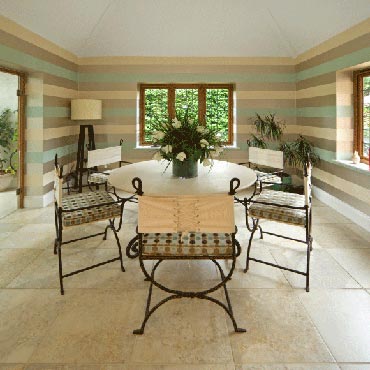
Shaw Tile Flooring
Profile | WebsiteShaw captures the ancient art of ceramics in its versatile collection of ceramic and porcelain tile products. Seven of our porcelain tile collections are manufactured with the environment in mind. At Shaw Floors, we are committed to doing the right thing for the environment, and we partner with Eco-friendly suppliers who share in that commitment. Working with like-minded companies is crucial to creating a healthier ecosystem by reducing the amount of natural resources we consume. Learn More
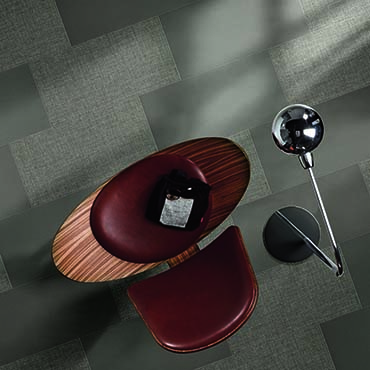
Daltile® Tile
Profile | WebsiteDaltile is the country's leading manufacturer and distributor of ceramic, porcelain tile & natural stone. Built on a tradition of outstanding design, quality, and service, we set the standard for the entire industry. For over 70 years and counting, we answer the question WHY TILE? with trustworthy tile for floor, wall, and countertop that is proudly made in the USA. Learn More
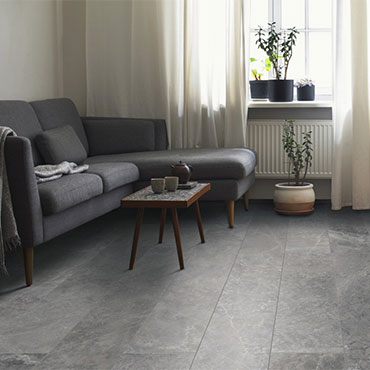
Florida Tile
Profile | Website | GreenFlorida Tile products are one of the greatest values in the industry. Our reputation is built on providing reasonably priced, design rich products to the tile market. Florida Tile products come directly from the earth. Because of this, we are particularly aware of our responsibility to help preserve the beauty and health of our planet and all its natural resources. Learn More
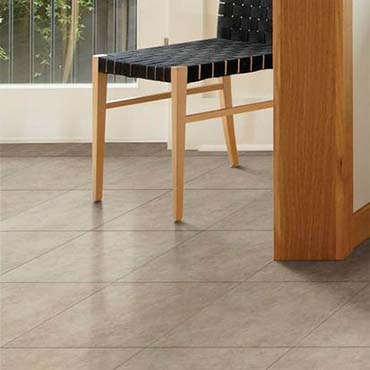
American Olean® Tile
Profile | Website | Warranty | GreenHome is where the heart is, and American Olean is the trusted choice for residential projects. With countless, on-trend design options, the versatility and durability of American Olean tile make it easy to produce stylish, modern designs anywhere in your home. Learn More
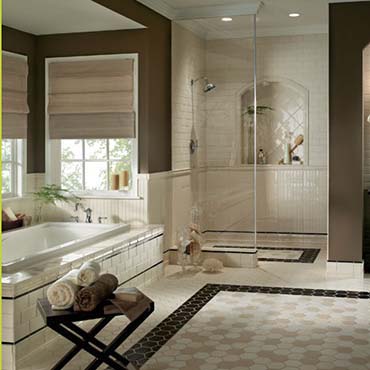
Crossville Porcelain Tile
Profile | Website | Design Tools | Warranty | Install | Maintain | FAQs | GreenAs the first tile manufacturer in Tennessee (est. 1986), Crossville is the leading American manufacturer of beautiful, sustainable solutions that advance the frontiers of tile design. From introducing the nation’s first large-format porcelain tiles, to becoming the first and only net consumer of tile waste materials (meaning we recycle even more than we produce), to developing cutting-edge performance innovations that turn mere surfaces into “breathing” living environments—we are committed to pioneering products and practices that change the way the world views tile. Learn More

Emser Tile®
Profile | WebsiteEMSER is the fashion leader in ceramic tile and natural stone. We are committed to providing the service and selection today’s marketplace demands. EMSER’S products are specified and installed in malls, hotels, educational facilities and other major projects throughout the United States. Learn More

Happy Floors Tile
Profile | Website | Install | Maintain | FAQs | Blog | GreenAt the heart of luxury living are your floors. They are the foundation from which you build a top-notch kitchen or spa-like master bath. Even in your vision for an outdoor lounge, flooring is one of your first considerations. To create a sophisticated look, you’ll want to choose tile flooring. Learn More
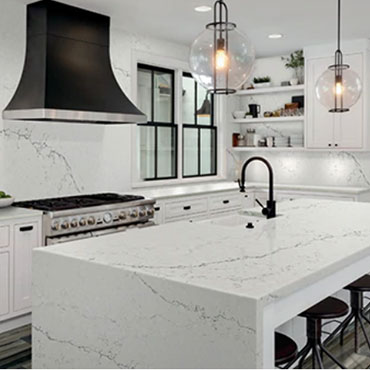
DalTile® Countertops
Profile | Website | BlogOur extensive selection includes every option, from the finest natural stone to enduring ONE Quartz to our award-winning Panoramic Porcelain. Learn More

Arizona Tile Flooring
Profile | Website | Video | Maintain | FAQs | Blog | GreenSince 1977, Arizona Tile has searched the globe in pursuit of truly extraordinary surfaces. Whether you are building your dream kitchen, renovating an older space, or planning the addition of an outdoor living area, we have a wide range of materials to suit your specific design plans. Learn More

Porcelanosa® Tile Flooring
Profile | WebsiteAmbitious research and development projects have enabled us to release products on the market that have a high degree of added value: wall tiles, floor tiles and porcelain tiles. Learn More
Porcelain Tile Flooring Videos
The Top 1 Porcelain Tile Flooring Videos
Florida Tile - Berkshire HDP
Porcelain Tile Flooring News
Latest Porcelain Tile Flooring News
Daltile 'Style Squad' Influencer Shows Consumers How DIY Easy RevoTile Is... own projects. The story that Frills & Drills influencer Lindsay Dean is currently sharing on Instagram, Pinterest, and her blog shows consumers how she single-handedly installed a room of real porcelain tile flooring quickly and easily in her own home, using Daltile’s new revolutionary click-tile product RevoTile. Launched in January of 2020, RevoTile is a patented floating tile ... |
Porcelain Tile Flooring...Porcelain Tile: A Timeless Choice for Modern Interior Design In the dynamic world of interior design, the evolution of materials often tells a story of culture, art, and technology. Porcelain tile is a classic example of this narrative. With roots tracing back to ancient civilizations, porcelain tiles have journeyed from functional elements to key features in home decoration an... |









